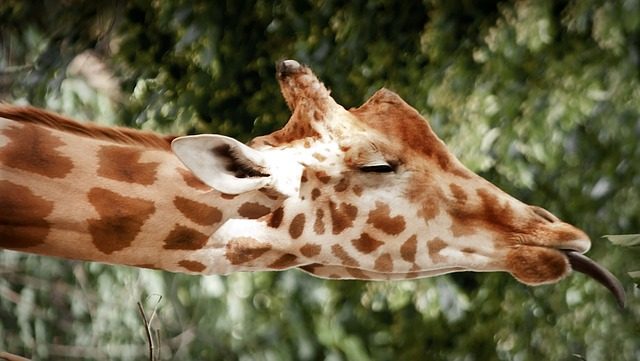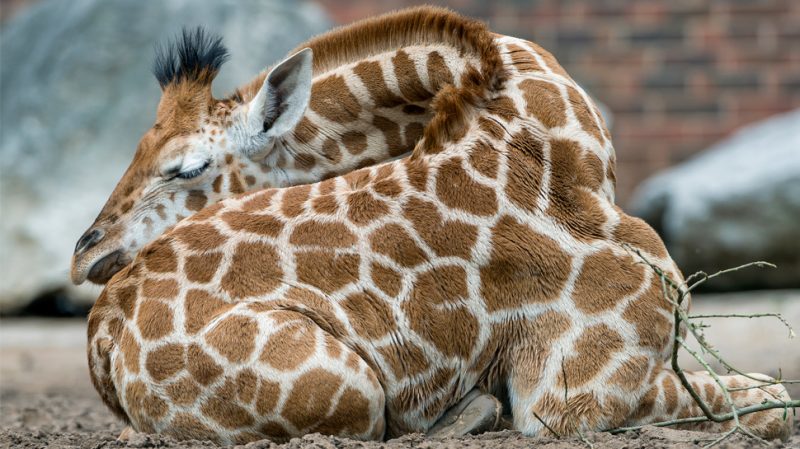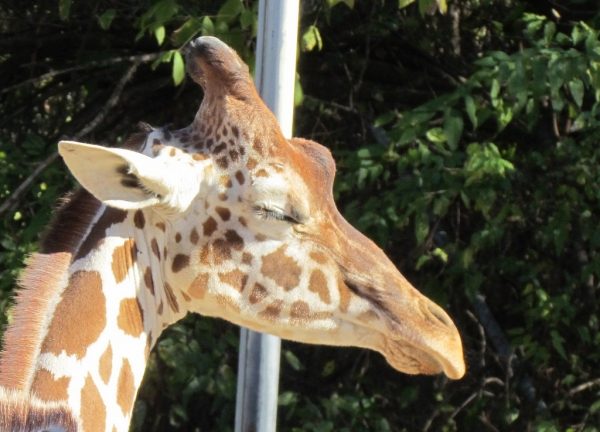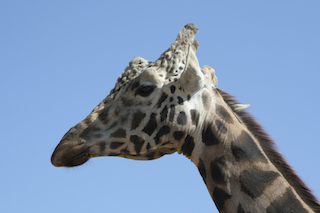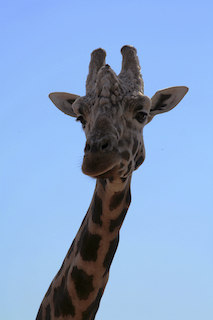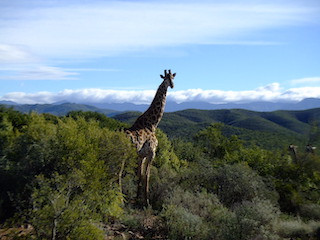Sleeping Patterns Of Giraffes In Kenya
Human beings need an average of 8 hours of sleep on a daily basis to function. Sleep rejuvenates and prepares the body for the next day. Most people sleep for fewer hours than that on working days and catch up on their sleep when they get time off or on weekends. Some people may perhaps take the 8 hours a day regimen very strictly. Others have more time in their hand and would sleep for an extra hour or two than normal. Whatever the case may be, considering an average lifespan of 80 years, that is approximately 33% of the life. The truth of the matter is, if people can get by with less amount of sleep, then the waking hours can be put to more productive purposes to make one’s life worthwhile. Opinions about this may differ, and that is fine. But what about the animals in the wild? Do they sleep at all and how?
Least slept animal
Animals sleep too as they go about their daily business in the wild. But some manage with far less rest and sleeping time than others. An animal that particularly stands out in this regard is the giraffe. A sleeping giraffe is a rare sight. Few people have encountered a sleeping giraffe. Hence, people used to believe that they never sleep. Even the zoologists, scientists and field researchers until the mid-1950s thought that giraffes never slept at all. But since then this has been disproven. Giraffes do sleep, but they are the strangest sleepers and one of the most sleepless animals in the wild. They do take naps and snooze for a maximum of three hours per day but only in short bursts – for 10 minutes at a stretch – spread throughout the day. A giraffe’s sleep patterns have evolved along the lines of vulnerability to predators and necessity.
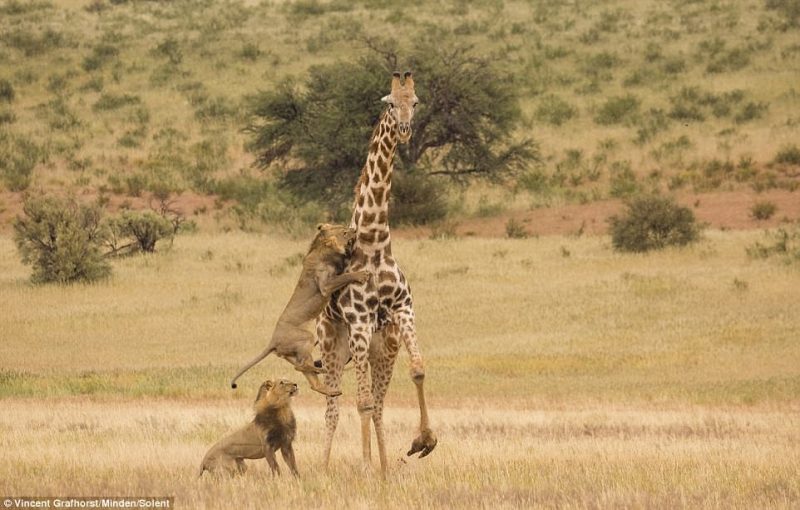
Giraffes have the shortest sleep requirement because they are too tempting a feast for the predators due to its size
Out of vulnerability
Giraffes have the shortest sleep requirements of any mammal in the animal kingdom because a giraffe lying down in the plains is too tempting a feast for the predators due to its size. But even when at risk of becoming someone’s dinner, the animal is not equipped to play serious defense against the predators as it does not have built-in armor such as sharp teeth or thick hides to help it fight back. Hence, being defenseless and large, giraffes are on guard against its predators all the time. Giraffes in the groups take turns to allow other members to rest while some keep a watch out for predators, including large cats. Its high-alert power nap strategy that has evolved out of vulnerability and necessity is fascinating to watch.
Lying down to sleep
Giraffes sleep when they want to enter into a Rapid Eye Movement phase. It is a phase when the brain is active as in a waking state and muscles are relaxed. The eyes move under closed lids with occasional twitches while asleep. When they enter this phase, they curl up by folding and tucking their legs under their bodies. Resting their necks in an awkward position would make them vulnerable to predators. So, they often stretch their long necks back and rest them on their hindquarters. Apparently, their humps are their best pillows. The internal structure of the giraffe’s neck allows them to do this without any pain. The seven vertebrae in their necks have ample space between them. Each of the vertebrae has a flexible joint which allows the giraffe a large range of motion in every direction. And a system of thick muscles and a Nuchal ligament prevent any strain on the shoulder.
Standing erect to sleep
Once the giraffes lay down, getting up quickly even in response to a predator’s attack is an awkward and time-consuming procedure. Those lean legs take some time to get off the ground that they may not have in case of an assault. Therefore, when giraffes sleep, more often they remain fully standing with their neck and head curved around to rest on their hump. Or they engage in a sort of half-sleeping period in a fully upright position, in which the eyes are half-open, and the ears keep twitching. They have also been known to occasionally keep an eye open protecting itself by almost never going off alert. Sometimes they keep their neck and head erect or continue browsing and ruminating while sleeping. But in captivity, they sleep around 5 hours a day. It just re-emphasizes the fact that the sleeping pattern of giraffes in the wild evolved out of vulnerability.
Levels of stress
A giraffe will sleep as long as is usual only when it is at ease. But it will skip over a phase of sleep when its stress level changes. For example, when it has just been transported from the wild to a zoo or even from one zoo to another. They feel pain when they lose a mate. They even suffer when their herds change. And it takes up to three weeks to restore its sleeping patterns to the standard level. So just like humans, its stress hormone levels do affect its sleep.
Question remains unanswered
Unanswered questions abound, though. Why do other animals who are highly potential prey to lions and hyenas do not have similar sleeping patterns? They seem to spend more time sleeping than the giraffes and yet are even more vulnerable to the powerful beasts in the jungle. Perhaps the scientists have to take a look at variables other than vulnerability to predators when it comes to determining what causes the strange sleeping behavior of giraffes.
5 Frequently Asked Questions About Giraffe Sleep Time
To receive a colourful digibook about giraffe with videos, images and text, please fill out the following form or simply email us on safaris@safari-center.com

